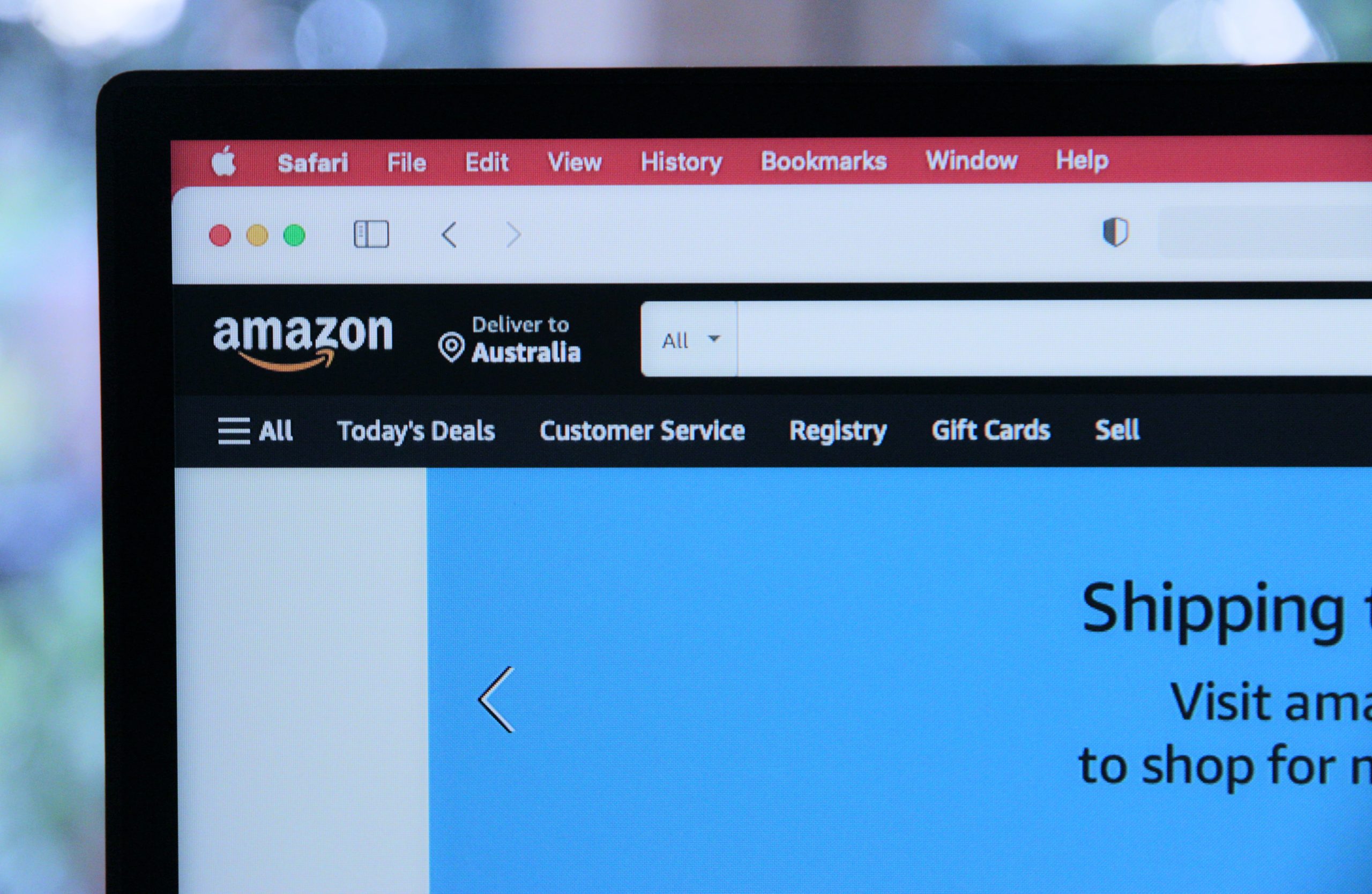The Internet Corporation for Assigned Names and Numbers (ICANN) is responsible for managing the domain name system (DNS) of the internet. This includes identifying and allocating top-level domain names (TLDs), which are the suffixes that appear at the end of website addresses, such as .com, .org, or .net. With the growth of the internet, there has been an increase in demand for TLDs, leading to a proliferation of options available to individuals and organizations looking to establish their online presence. In this article, we explore how many TLDs are currently available in ICANN’s database and what this means for businesses and individuals navigating the ever-expanding digital landscape.
What are top-level domain names?
Table of Contents
There are currently over 1,500 top-level domain names (TLDs) managed by the Internet Corporation for Assigned Names and Numbers (ICANN). TLDs are the highest level in the hierarchical Domain Name System (DNS) and are used to identify a website’s owner or purpose. The most commonly known TLDs include .com, .org, and .net.
ICANN has expanded the number of TLDs in recent years to accommodate growing demand from businesses and organizations looking for unique domain names that better reflect their brand or mission. Newer TLDs include .blog, .tech, and .store. Some organizations have even applied for custom TLDs such as .apple and .nike.
While there are a plethora of options for TLDs, it’s important to note that not all search engines may recognize newer or less common ones. Additionally, certain industries or regions may have specific restrictions on which TLDs can be used. It’s always important to do research before selecting a domain name with a particular TLD to ensure it accurately represents your brand while also being easily searchable by potential customers or clients.

ICANN and its Role
ICANN, or the Internet Corporation for Assigned Names and Numbers, is a non-profit organization responsible for managing the domain name system (DNS) of the internet. One of its primary roles is to oversee top-level domains (TLDs), which are the suffixes at the end of website addresses. Currently, there are over 1,500 TLDs in ICANN’s database.
ICANN operates under a multi-stakeholder model, meaning that it seeks input from various parties such as governments, businesses, and individuals when making decisions about TLDs. It also works closely with domain name registries and registrars to ensure that TLDs are properly allocated and maintained.
In recent years, ICANN has faced criticism over its handling of controversial TLDs such as .xxx (for adult content) and .amazon (which sparked a conflict between Amazon.com and several South American countries). Despite these challenges, ICANN remains an important player in shaping the internet’s infrastructure and governance.

Types of Top-Level Domain Names
There are currently over 1,500 top-level domain names (TLDs) recognized by the Internet Corporation for Assigned Names and Numbers (ICANN). These TLDs can be categorized into two main types: generic TLDs and country-code TLDs.
Generic TLDs include .com, .net, and .org, among others. They are not specific to any particular country or region and can be used globally. Some generic TLDs have been created to serve a particular industry or interest group, such as .museum or .edu.
Country-code TLDs are specific to a particular country or territory and typically consist of two letters indicating the country code. For example, .uk is the country code for the United Kingdom while .ca is for Canada. Some countries have also established additional second-level domains under their ccTLD that allow organizations within their borders to further identify themselves online.
In addition to these main categories of TLDs, there are also sponsored top-level domains (sTLD) which were introduced in 2000 by ICANN as part of an effort to provide more options for domain name registration. These sTLDs are managed by private organizations that have been approved by ICANN and often serve a specific community or purpose such as .gov for government agencies in the US or .aero for aviation-related businesses.
Counting Top-Level Domain Names
As of August 2021, there are currently over 1,500 top-level domain names (TLDs) in the Internet Corporation for Assigned Names and Numbers (ICANN). These TLDs include both generic TLDs (gTLDs) such as .com, .org, and .net, as well as country-code TLDs (ccTLDs) such as .us for the United States or .de for Germany. In recent years, new gTLDs have been introduced such as .blog or .store that allow businesses and individuals to personalize their online presence.
The process of adding a new TLD involves submitting an application to ICANN and completing a rigorous evaluation process that includes financial stability checks and technical readiness assessments. Once approved, the organization must operate the TLD in compliance with ICANN’s rules and regulations. As more TLD options become available, it is important for businesses to consider which ones best align with their brand identity and target audience. By carefully selecting a relevant and memorable TLD, companies can strengthen their online presence and improve their chances of being discovered by potential customers.

Future of Top-Level Domain Names
Currently, there are over 1,500 top-level domain names (TLDs) in ICANN (Internet Corporation for Assigned Names and Numbers). These include the traditional TLDs like .com, .org, and .net as well as newer ones like .club, .xyz, and .app. The introduction of new TLDs has been ongoing since 2012 when ICANN launched its New Generic Top-Level Domain Program.
The future of TLDs is likely to see continued expansion with more generic or brand-specific TLDs being introduced. This could lead to increased competition among businesses vying for their own branded extension and potentially higher costs for premium domain names. However, it may also provide greater opportunities for smaller businesses or communities to have a more unique online presence with relevant TLD options available. As technology evolves and new internet-based services emerge, the demand for specific TLDs may change or increase. Ultimately, the future of TLDs will depend on market demand and ICANN’s ability to balance innovation with maintaining a stable global internet infrastructure.

Conclusion
In conclusion, ICANN has created and manages a total of 1,532 top-level domain names as of October 2021. This includes both generic TLDs such as .com, .org, and .net as well as country-code TLDs like .us for the United States and .uk for the United Kingdom. The expansion of top-level domain names has allowed for more innovation and creativity in website naming conventions.
However, it is important to note that not all top-level domains are equal in popularity or recognition. While some TLDs have become household names, others may only be relevant to a specific industry or region. Additionally, the process of acquiring a new top-level domain can be costly and competitive. Nevertheless, the availability of different TLD options provides businesses and individuals with greater flexibility in choosing a website address that best represents their brand or online presence.

